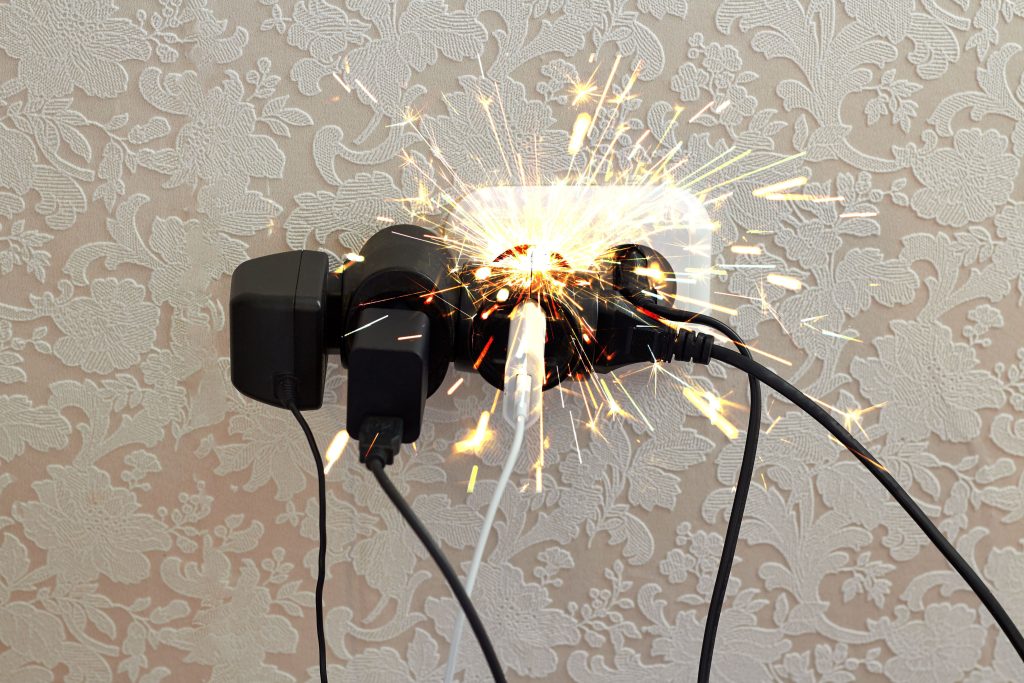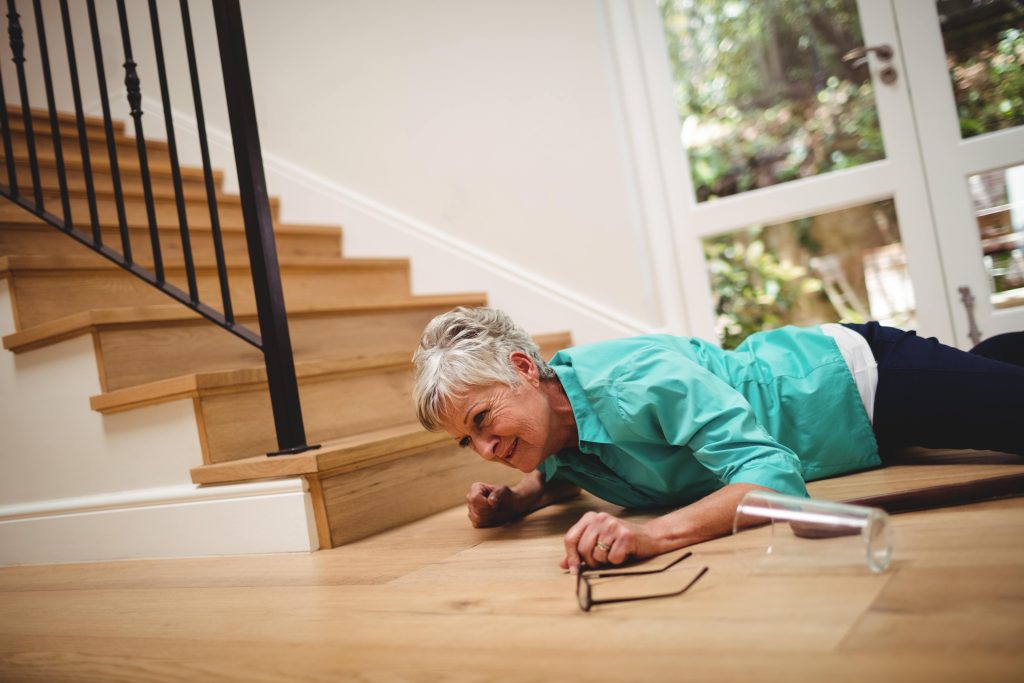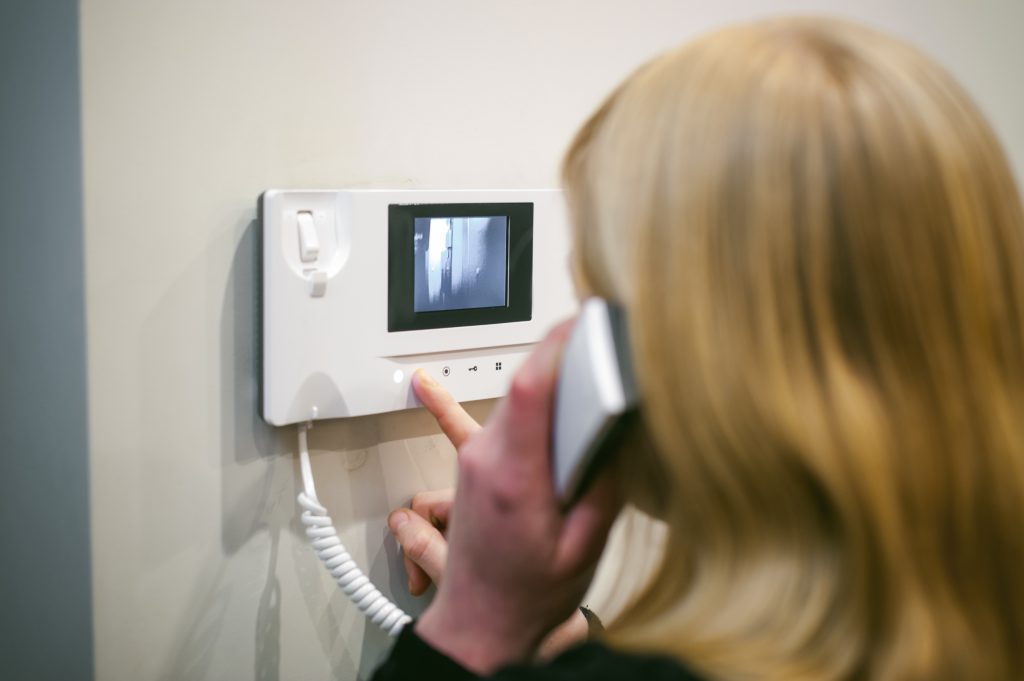How to prevent accidents at home
As a disabled person, it is important to take precautions to prevent accidents from happening in your home. Fires are a common hazard for people with disabilities, as are slips and trips. However, by understanding the possible risks, it is possible to minimise the chances of injury. Small changes can easily make your home a safer place to live. In this blog post, we will discuss the best ways to prevent accidents at home.
What are the most common accidents that happen at home?
For people with disabilities, the most common accidents are fire-related, slips and trips. These can be caused by a variety of things, such as leaving a candle burning unattended, or not having adequate lighting in your home. For disabled people, there can be even more risks due to mobility issues and sensory impairments. However, it is possible to live in your home without putting yourself at risk.
How can I prevent fire-related accidents?
Fire-related accidents pose a big risk to any homeowner, especially disabled people. Luckily, it is fairly easy to minimise the risks and create a safer home for yourself. There are a few simple steps you can take to prevent fire-related accidents:
- Install smoke alarms on every level of your home and test them regularly
- Don’t leave candles unattended
- Keep matches and lighters out of reach of children
- Don’t overload electrical sockets
- Keep flammable liquids away from heat sources

will exceed the maximum current rating stated for the extension lead.
As a disabled person, you should also make sure to have an accessible fire exit route. This means having a clear path to the exit and making sure that doors and windows can be opened easily. Furthermore, wheelchair users should make sure that the fire exit can adequately accommodate their chairs to prevent becoming stuck.
Fire safety for disabled people is vitally important. By taking a few simple precautions, you can make your home a much safer place to live.
What are the best ways to prevent slips and trips?
Slips and trips can happen to anyone! However, the risks become much larger if you have mobility or balance difficulties. There are many things you can do to prevent slips and trips, such as:
- Keeping your floors clean and free of clutter
- Wearing shoes with good grip
- Putting mats down in areas where you think you might slip
- Fixing any loose carpets or floorboards
- Keeping electrical cords out of the way

clutter-free to help prevent accidents at home.
By taking these steps, you can minimise the chances of having a slip or trip accident in your home. Remember to take care when moving around your building. It is also a good idea to ask others that use your space to be careful and keep things tidy.
How can I make my home more secure?
Physical accidents aren’t the only risks that disabled people face when living at home. Security is also an issue that often goes overlooked. Whilst no one wants to assume the worst, there is always a small chance that your home may be the victim of a break-in. Here are a few tips for keeping your home secure:
- Installing security lights
- Keeping valuables out of sight
- Asking neighbours to keep an eye on your property
- Investing in a security system

in your home.
Making your home more secure will help to prevent burglaries and give you peace of mind. By taking these steps, you can make sure that your home is as safe as possible. For disabled people, it is especially important to be aware of security risks. This is because you may be more vulnerable if someone does break into your home.
Your home should be a safe place for you to live. By understanding the risks, you can take steps to prevent accidents and create a safer environment for yourself. Fire safety, slips and trips, and security are all important aspects of keeping your home safe. By taking precautions in these areas, you can make sure that your home is a safe and secure place for you to live.
In case of an emergency, having the correct Home Insurance can be lifesaving. Insurance can help to cover any costs that come with accidents and can even cover any damage that may occur to your home. We recommend speaking to one of our expert insurance agents who can guide you through the process of getting the right insurance for you. Click here for more information.


